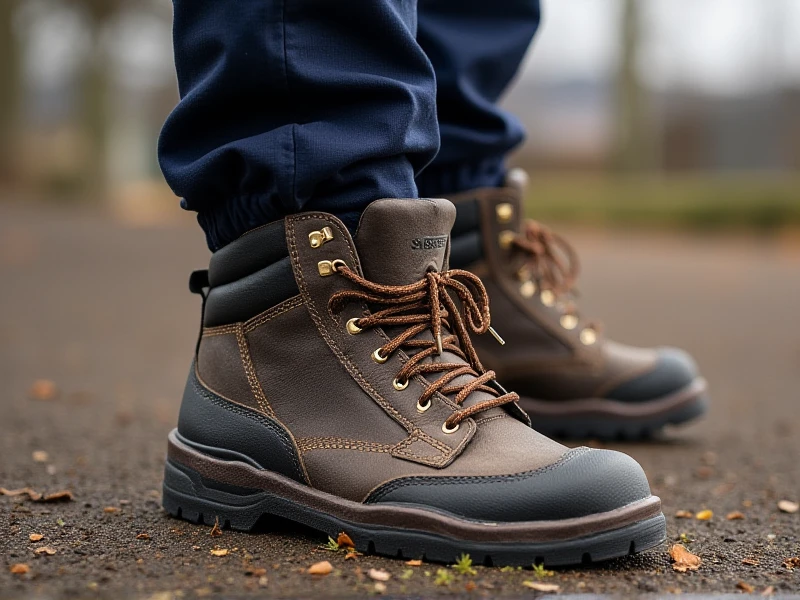Safety Boots: Your Ultimate Foot Protection Guide for Hazardous Work

Here's an SEO-optimized English article targeting "Safety Boots":
On countless job sites, feet face serious risks daily. Falling objects, sharp punctures, slippery surfaces, electrical hazards, and chemicals are constant threats. That's why safety boots aren't just another piece of gear; they're fundamental Personal Protective Equipment (PPE) designed to prevent life-altering injuries. Selecting the right pair is critical for worker safety and comfort during long shifts.
Why "Safety Boots" Are Non-Negotiable
Proper safety boots provide essential defense mechanisms:
- Impact & Compression Protection: Reinforced toe boxes (often steel toe, composite toe, or alloy toe) shield feet from falling tools, materials, or equipment compression. Meeting safety standards like ASTM F2413-18 (M/I/75/ C/75 rating) guarantees this protection.
- Puncture Resistance: Midsoles made of tough materials like Kevlar® or steel prevent sharp objects (nails, glass, metal shards) from penetrating through the sole.
- Slip Resistance: Engineered rubber outsoles with specific tread patterns provide crucial grip on oily, wet, or uneven surfaces. Look for boots certified for slip resistance (e.g., ASTM F2913).
- Electrical Hazard (EH) Protection: Certain safety boots feature soles designed to minimize the risk of electrical shock from common workplace circuits.
- Additional Features: Boots may offer protection against liquids (waterproofing), sparks, extreme heat or cold, static electricity (ESD), and chemical splashes. Metatarsal guards add extra protection for the top of the foot.
Choosing the Right Safety Boots
Don't buy the first pair you see. Key considerations include:
- Job Specific Hazards: Identify the primary risks (e.g., impacts, punctures, chemicals, electrical). Choose boots with certifications addressing those specific hazards.
- Fit & Comfort: Ill-fitting boots cause blisters, fatigue, and even long-term foot problems. Try boots on with work socks. Ensure ample toe room and secure heel fit. Prioritize comfort features like cushioned insoles and supportive arches, especially for prolonged wear. Lightweight composite toe boots reduce fatigue.
- Materials: Full-grain leather offers durability and abrasion resistance. Waterproof membranes (e.g., Gore-Tex®) are essential for wet environments.
- Durability: Inspect stitching, sole attachment, and material quality. Robust construction ensures protection lasts.
Maximizing Protection & Longevity
- Proper Care: Regularly clean boots with appropriate products. Condition leather to prevent cracking. Always allow boots to air-dry naturally – avoid direct heat sources.
- Inspect Frequently: Check soles for excessive wear, deep cuts, or separation. Examine toe caps and uppers for damage. Replace safety boots immediately if compromised.
- Pair with Protection: Combine safety boots with appropriate ankle support or metatarsal guards if needed for maximum safety.
Invest in Safety, Step Confidently
High-quality safety boots are a vital investment. They dramatically reduce the risk of debilitating foot injuries, ensuring workers return home safely every day. Understanding the hazards, selecting compliant, comfortable boots, and maintaining them properly makes all the difference on hazardous job sites. Never underestimate the protection a well-chosen pair of safety boots provides. Protect your most valuable resource – yourself.